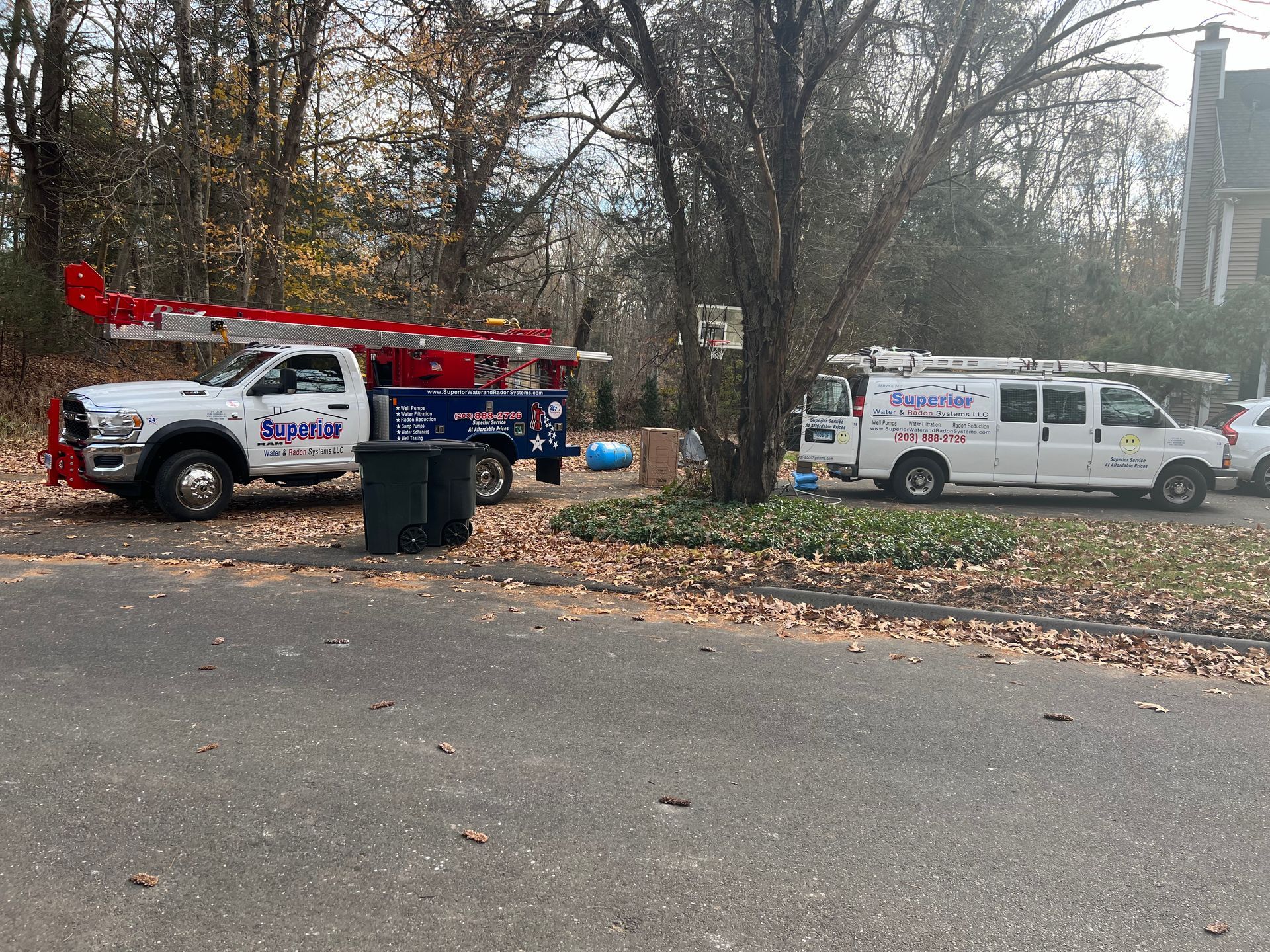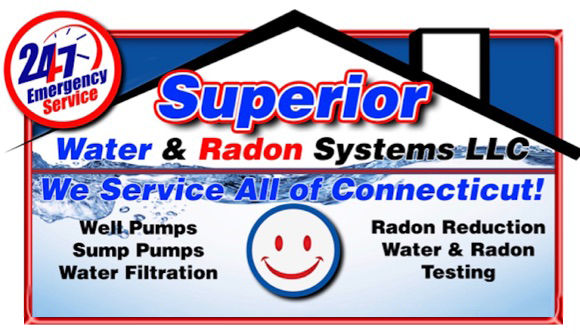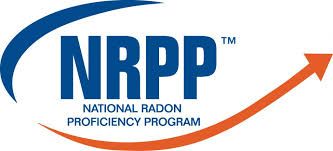FREE Estimates OPEN 24 Hours
Blog Layout
Troubleshooting Low Water Pressure on Well Water Systems
Apr 05, 2024
Solve Your Low Water Pressure Problem: Easy Well System Troubleshooting

Low water pressure is a frustrating problem for homeowners relying on well water. If you're struggling with weak showers or slow-filling appliances, don't despair! This guide will help you troubleshoot the most common causes of low water pressure in well water systems.
What is the difference between water pressure and flow rate?
Water pressure (PSI): The force with which water moves through your pipes. Most residential systems operate between 40-60 PSI.
Flow rate (GPM): The volume of water delivered per minute. A strong flow rate is essential for comfortable showers, fast appliance fills, etc.
Troubleshooting Low Water Pressure: A Step-by-Step Guide
Check Your Well Pump:
A worn-out pump, clogged well screens, or a faulty check valve can significantly reduce flow rate. Consult a well professional for diagnosis and repair.
Examine Your Pressure Switch:
Ensure the pressure switch is set correctly (usually cut-in at 30 PSI, cut-out at 50 PSI). Adjust if necessary, but be aware of potential limitations of your pump.
Check for insect intrusion or other signs of damage.
Inspect Your Pressure Tank:
Drain your pressure tank and check the captive air bladder pressure with a tire gauge. It should be 2-3 PSI below the cut-in pressure of your pressure switch. Add air if needed.
Look for Clogged Pipes:
Remove a pipe section and check for buildup of sediment or scale. A plumber can help diagnose and resolve severe pipe clogging.
Examine Valves:
Ensure all gate valves and ball valves are fully open. Replace faulty or stuck valves.
Check Your Pressure Regulator:
Pressure regulators can malfunction over time. Replace if it's clogged or damaged.
Inspect Aerators and Showerheads:
Remove and clean showerheads and faucet aerators to remove any sediment buildup.
Maintain Water Treatment Systems:
Replace clogged filter cartridges in your water softener, iron filter, or other treatment systems. Follow manufacturer guidelines for sizing and maintenance to avoid pressure drops.
If these troubleshooting steps don't solve your low water pressure problem, contact Superior Water and Radon Systems LLC at (203) 888-2726 for expert assistance. Our experienced technicians can diagnose the root cause and recommend the best solution.
395 roosevelt Dr Seymour Ct 06483
WE SERVICE All OF CT
This is a placeholder for the Yext Knolwedge Tags. This message will not appear on the live site, but only within the editor. The Yext Knowledge Tags are successfully installed and will be added to the website.
This is a placeholder for the Yext Knolwedge Tags. This message will not appear on the live site, but only within the editor. The Yext Knowledge Tags are successfully installed and will be added to the website.
HOURS
This is a placeholder for the Yext Knolwedge Tags. This message will not appear on the live site, but only within the editor. The Yext Knowledge Tags are successfully installed and will be added to the website.
Monday
Tuesday
Wednesday
Thursday
Friday
Saturday
Sunday
This is a placeholder for the Yext Knolwedge Tags. This message will not appear on the live site, but only within the editor. The Yext Knowledge Tags are successfully installed and will be added to the website.
BUSINESS HOURS
24 Hour Emergency Service
Request a Call Back Form
We appreciate you contacting us. One of our colleagues will get back in touch with you soon!
Have a great day!
Oops, there was an error sending your message.
Please try again later.
Please try again later.
Privacy Policy
| Do Not Share My Information
| Conditions of Use
| Notice and Take Down Policy
| Website Accessibility Policy
© 2024
The content on this website is owned by us and our licensors. Do not copy any content (including images) without our consent.







